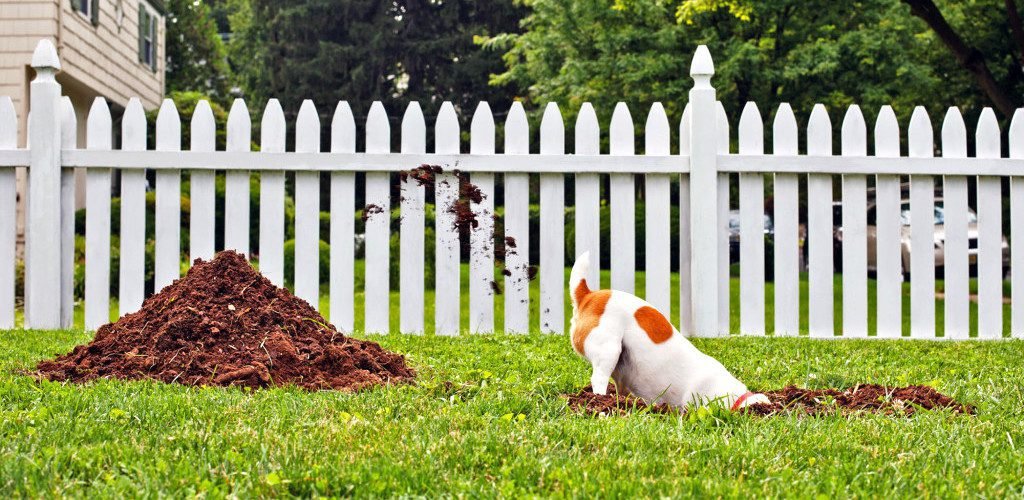Cushing’s disease develops slowly and the early signs are not always noticed. Cushing’s disease is one disease that is far more common in pets than it is in humans. While six in 100,000 people suffer from this condition, it is 200 times more common in dogs, with one in 1,000 dogs suffering from this deadly disease. The Causes – Cushing’s …
Why Xylitol is bad for Dogs
Can Dogs Eat Xylitol? Xylitol is an artificial sweetener often found in lollies, chewing gum, desserts, yogurt and peanut butter, among many other things. Ingestion of Xylitol in dogs can result in hypoglycemia (low blood sugar), seizures and liver failure. Always check ingredients before giving anything to your dog that may contain Xylitol. Xylitol is a sugar substitute – it …
Bee & Wasp Stings
Bee & Wasp Stings Spring flowers are blooming, the weather is warming as bees become more active during the warmth of the day. Because dogs are curious, faces are common places to get a bee sting, especially on the nose or mouth when your dog may try to chase or capture them. Pads are another likely spot when your dog …
Colitis in Dogs
Any dog can develop colitis regardless of age, breed, or sex. This condition can happen suddenly (acute colitis) or it can be a chronic condition. Chronic colitis can occur as a result of another medical condition. The term colitis simply means inflammation of the colon, also known as the large bowel. Since colitis typically causes diarrhea, it is sometimes referred …
Pet Friendly Gardens
Chickens & Ducks are excellent at cleaning up unwanted snails and bugs, altho’ they can be over-enthusiastic when it comes to turning over mulch. The days are getting longer, slowly getting warmer and I’ve had to mow twice in a fortnight. Spring is in the air! The first sign of blue sky will usually see me out in my garden. …
Pets Home Alone
Possibly the best option is to be able to leave your pet in their own environment. If taking your pet on holiday with you is not an option, then here’s a few things to consider when choosing where your pet will stay. Could someone house-sit whilst your away, looking after both your pets & your home Can your pet be …
Indoor Games for Dogs
Wintertime can offer dog owners many challenges – bitterly cold and sopping wet days aren’t always that appealing to be out there with your dog. But with a bit of creativity, you can do a lot of fun exercises indoors, giving them the exercise they need to stay mentally and physically healthy. Here’s some simple and fun indoor games that …
Dog Mites & Mange
Mites are external parasites that can cause severe itching and discomfort. There are four distinct species of mites that infest dogs. Mange is a skin infection caused by tiny parasites of two types of mites – Demodectic and Sarcoptic – the later being highly contagious. The four different species of mites you will find on a dogs skin are: • …
Lawn Burning
Hint: Replant your yard with more urine-resistant grasses like perennial ryegrasses and fescues. Lawn burn is a common problem which relates to those annoying brown patches left behind in the places where a dog urinates on the grass. The burning is a result of high nitrogen levels present in the dogs urine. A little nitrogen on a lawn is a …









